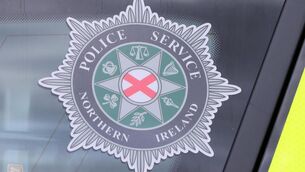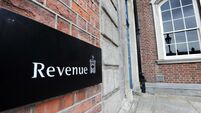10% of EU drug market counterfeit
Prompted by warnings from the medical industry and police, the Council of Europe and the European Union have began tackling the murky world of illegal medicines, which is worth €28 billion a year.
Fake drugs first appeared in Western countries less than 10 years ago in so-called lifestyle products - bulking up or slimming products. However, recent seizures have included anything from common antibiotics and cholesterol drugs to Viagra and Tamiflu.












